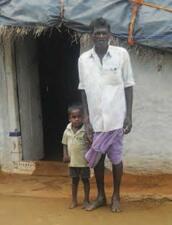 When my former UC Berkeley colleague Eric Craypo took over Berkeley Optometry Magazine, he transformed it from a hybrid research and news publication into a story-driven magazine - an especially impressive feat for an annual. This year I wrote on a fascinating study about eyecare in rural India that was desperately needed and yet vastly underutilized. Photographic storytelling was a novel and hugely successful approach to solving the problem. Schor calculates that the clinic sees about 20,000 patients a year now, and that 10 to 15 percent of these patients are also screened or managed for vascular diseases, like diabetes and hypertension. “That’s a lot of previously undiagnosed or untreated people. [The LVPEI team] ended up doing much more than bringing in patients. They actually broadened the service,” he says. “They’re doing something that’s preemptively reducing risk of vision loss.” Read more.  What I love about covering science: I did a deep dive - OK, maybe just a shallow dive - into artificial intelligence just to be able to write a coherent one-sentence explanation of deep reinforcement learning. Working with old friends at UC Berkeley's College of Engineering and Institute of Transportation Studies on this story about incorporating vehicle automation into traffic-management strategies, I pulled back the curtain on a notable development in traffic-management technology and why it may soon be important to all of us. The story yielded this great coverage in Science Magazine and this spot on the local ABC News affiliate. The study specifies highly detailed scenarios — standard “tasks” that engineers can use to solve common types of traffic challenges like bottlenecks and intersection control. The solutions become shared baselines, called benchmarks, that are critical to making progress, researchers say. “Unless we’re working on the same problem, it’s hard to compare results. Are you looking at a New York highway or a California freeway? A group of 20 cars or 50? You need an apples-to-apples comparison to understand which solution works better,” Vinitsky said. Read more. Symmetry Magazine did a beautiful job illustrating this profile about a gifted college football player who changed his career direction to physics. Writing the story changed up my game as well - It was the first time I took on physics as a subject matter. Dr. Rock made it easy and fun, making it clear that the education path was a great choice.
“Keep your eye on the ball,” was the stock advice Willie Rockward heard from football coaches as a teenager in the early 1980s in Houma, Louisiana, just south of New Orleans. But Rockward, who had a talent for both sports and physics, would come to know better. “You just need to see the first part of the projectile,” he says. “Once you know the trajectory of the ball, it’s not going to change.” On the football field, calculating the trajectory of the ball gives a receiver a few critical seconds to evaluate the oncoming defensive team. In Rockward’s life, calculating his own trajectory led him out of sports and into science. Read more. I've been eager to see this profile of an alum-turned-professor go live on the website at SF State's College of Health and Social Science. It's the best kind of science profile to tackle -- an interesting life story combined with innovative research that can improve society.
Public health policy, she soon discovered, was her path to a broader impact: How could society — schools and communities, cities and states — narrow the health disparities she’d observed between the low-income, minority communities like the migrant families she served, and the broader population? What levers could be pulled to narrow the gap between rich and poor on key health indicators like high obesity rates and low physical activity rates — and the litany of health problems that can accompany those indicators? Read more. 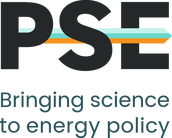 I get a lot of email from groups I'm interested in -- both in science and the arts. I appreciate newsletters that respect my time: brief and scannable, so I can get valuable info quickly or take in more when it looks especially relevant. The PSE Energy Quarterly fits into that mold. The spring issue was pushed out via email and a story-by-story social media campaign. “The build-out and use of natural gas pipelines currently proposed across New York would put the state’s 2030 goal … virtually out of reach.” -- PSE Clean Energy Program Director Elena Krieger is quoted in an Albany Times-Union story on the pipeline report she led, titled “The Greenhouse Gas Impacts of Proposed Natural-Gas Pipeline Build-Out in New York.” Read more. 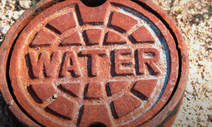 Despite its clear newsworthiness, this study from an Oakland energy-research group was still squarely in the more complex policy arena. Thus, we were pleased to get news hits from two national policy-focused magazines as well as a trade magazine - publications that will carry the information to the most relevant audiences. Definitions of “protected groundwater” in 17 state oil and gas regulations are inconsistent and in many cases less protective than federal regulations used by the U.S. Environmental Protection Agency (EPA) and the U.S. Bureau of Land Management (BLM), according to a study published Friday, March 2, 2018 in Current Opinion in Environmental Science & Health. The findings demonstrate that the nation’s water supply is vulnerable to contamination from oil and gas production and wastewater disposal despite federal protections for groundwater. Read the press release. This story about an SF State class that uses solar suitcases as a teaching tool was one of my favorite projects to work on in recent months. The outstanding science, educators, and students involved, and the community impacts both locally and globally -- it's everything science education can and should be.
“It’s not just that the students learn hard skills and soft skills,” [Thoyre] says, referring to assembling electronics and mentoring children. “They are also literally creating renewable energy. They’re actually helping people in the world have access to energy who really need it.” Read more. This profile of an SF State grad student was a change of pace: It was more about the subject's very personal journey, rather than being anchored in a field of study. It was a lesson in listening carefully to the story someone tells you about themselves, rather than trying to hang your own narrative on them.
When the deadline arrived for Christoph Zepeda to apply to transfer from Santa Barbara City College to UC Santa Barbara (UCSB), he needed a grade-point average of 2.75. He had a 2.79. “I just barely got in there,” recalls Zepeda. Read more. In writing Envision Vallejo, a public-facing introduction to the City of Vallejo's new general plan, I found that covering urban planning has a lot in common with covering science: Technical content must be explained, meaningful context is key, and allegiance to the primary source is non-negotiable. Vallejo's city planner Mark Hoffheimer was a great project partner, keeping the content on track while also supporting creative flourishes that bring the piece to life.
The arts are a core value in Vallejo, and General Plan 2040 actively supports a thriving creative culture…. The plan supports siting new performance venues, artist studios, and interactive creative spaces, where coalitions of artists and makers welcome visitors for an array of classes, performances, and art shows. Projects like these attract artists, delight residents, and make Vallejo a destination for culture-hungry Bay Area people looking for their next great discovery. It's well known in media circles that no one can resist a numerically modified greatest-hits list. So as part of PSE's end-of-year fund-raising effort, I put together these "Top 5 Healthy-Energy Tips" from the group's recent research and news efforts. PSE had a great fund-raising season and their in-house social media jockey Alex Abu-Hakima had fun unveiling them via dramatic countdown.
#1 MEET THE HEAT Meet heat pumps, the up-and-coming source for conditioning indoor air. As the grid rapidly moves to an energy mix that includes more renewables and less fossil fuel, electricity-powered heat pumps – which provide both heating and cooling with one unit – will be part of the clean-energy wave of the future. Read more 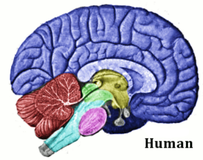 Each story in these these short, topic-focused press packs for the Society of Neuroscience’s December annual meeting was like solving a puzzle. My two assignments were new opioid-addiction research and advances using new stem cell and gene-editing techniques. Not that I didn’t expect it, but I was sad that my suggested analogy to a benign Clockwork Orange scenario didn’t make the final cut on the incredible “memory treatments” research on addiction. Too dark? Guess so. A novel procedure to “erase” drug memories reduces drug cravings and relapses in individuals addicted to heroin and undergoing methadone maintenance treatment, according to research released today.... “These findings demonstrate that using methadone as part of a memory-treatment strategy may be a promising method for decreasing long-term drug cravings and relapses in people recovering from heroin and other substance-use disorders,” said lead author Ping Wu, MD, of Peking University. 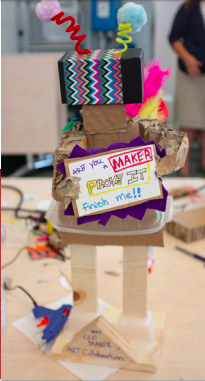 California community colleges are adopting a maker space-based pedagogy, integrating the problem-solving, innovative thinking of creative work into their curricula. The California Council on Science and Technology's Maker Space Symposium brought together educators and academics to support implementation with the latest evidence-based findings. My role: listen to presentations, conduct interviews, and write up all my reportage. The format was a little unusual — not a structured article but also not a dry academic report. Thanks to valuable guidance from project editor Brie Lindsey, the result was a lively public-facing event rundown -- a narrative that captured the key academic points as well as the on-site experience. Lee Martin, associate professor in the School of Education at UC Davis, studies making in his mobile makerspace, the Beta Lab. Making has a cool “Burning Man meets science fair vibe,” he said, introducing his presentation, Promoting Equity, Complexity, and Centrality in Maker Spaces. (Photos: Paul Kirchner Studios) 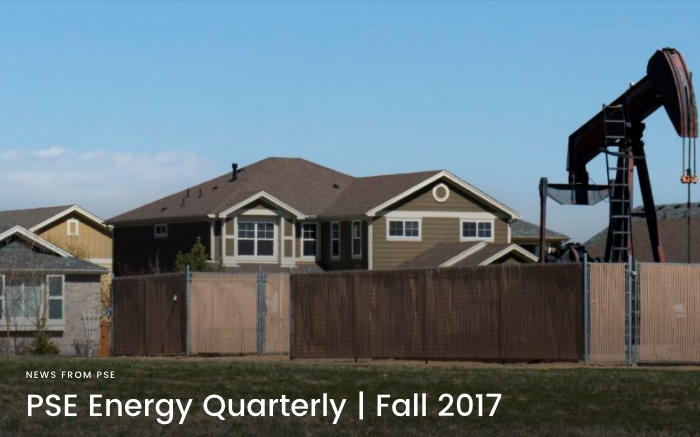 Few projects are more satisfying for me than creating a new publication - I love the progression of envisioning, planning, and then executing. Launching the newsletter PSE Energy Quarterly was easy because of the busy news season we had to draw on, together with a clear vision to keep it to short, digestible summaries with links. Thanks to an assignment from Laura Melendy, assistant director at UC Berkeley's Institute of Transportation Studies, I'm privileged to have co-written this article about in-person technology transfer in TR News, the bimonthly magazine of the Transportation Research Board. Laura's stellar co-writing included, well, all the key ideas and sources, and her usual unfailing eye for what works and what doesn't as I developed and structured the narrative. TR News is copyright National Academy of Sciences, Engineering, and Medicine; posted with permission of the Transportation Research Board. When a car ran over a school crossing guard’s foot—inside a crosswalk—a messy local traffic situation came to a head. Tensions were already running high at Pyles Elementary School in Stanton, California; the principal called the Public Works Department of the suburban Southern California city, complaining that parents were not respecting the crosswalk even when children were walking in it. Public Works Director Allan Rigg then called in surveyors from the Complete Streets Safety Assessments program based at the University of California, Berkeley to evaluate the school environs, as well as other serious traffic safety issues in the town. Read the whole article.
Multiple human dramas to interweave and multiple programs to explain -- this web story for San Francisco State's College of Health & Social Sciences (CHSS) had everything. Somehow, it all came together, thanks to some helpful editing by CHSS's Michael Broder, some really interesting, dedicated young teachers in training, and the programs' leadership. Maybe the ex-teacher in me is just a sucker for a public-education success story.
[Hurtado] noticed that teachers seemed to prefer interacting with certain children, while casting others aside. “I remember every gesture teachers made, both positive and negative,” she says, recalling hurtful slights she endured. “People think, ‘Oh they’re just little kids, they’ll forget about it. But in reality, that’s the time you take in everything.” She wants to work with kids so she can be present for every child, dispensing the positive gestures she didn’t always receive herself. Read more. 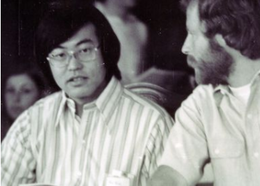 Some interviewees are naturally reserved. But in our hour-long interview, this mild-mannered, understated pharmacist revealed a few touching nuggets for a short Distinguished Alumnus profile for UCSF School of Pharmacy. While the Haight-Ashbury exploded in psychedelia around him, Kishi was a serious young man focused on school, career, and the demands of a new family. And as a Japanese American during the prejudice and paranoia of mid-twentieth-century California (Kishi was born in a Colorado relocation camp in 1945 and soon after moved back to Sacramento), he remembers receiving clear messages at home: “Growing up post-war it was, ‘Don’t make waves. Fit in. Do well in school.’” Read more. While research and outreach activities continued as usual at the nonprofit research institute PSE Healthy Energy, I was working in the background with their team and with web developers on an overhaul of PSE's public profile. Thanks to that team effort, the new website is live and looks fantastic, including the contemporary visual identity; it's populated with rich content; and, now that they have a "News" function, I finally had a place to tell their compelling birth story.
But the political fray around the topic of fracking created murky territory, and from the start, PSE’s leadership has had rigorous discussions on ensuring the scientific integrity of the research they produce. Could science be for anything? Wasn’t inquiry into the public’s health and safety just good citizenship? …“One thing scientists can advocate for is good science and the use of science in making decisions — that’s not outside our role,” Law says. “We can’t advocate for a particular cause or a particular outcome, but we also can’t shy away from findings that support a particular position.” Read more. It was a privilege to work on this long-haul project with a distinguished team of researchers at UC Berkeley's Institute of Transportation Studies. Managing and co-writing the public-facing report on research produced for the state, I learned a ton about rail and slung enough train-related puns and metaphors to last a lifetime. These samples give a good sense of the 32-page glossy publication we produced. The clean, beautiful design is by longtime collaborator Betsy Joyce. The entire document is available on the California Department of Transportation website. This cover story for Pacific Review magazine, on University of the Pacific's Institute for Family Business, was a fun departure from the science beat, and the editors did a beautiful job with the illustrations. Bonuses: I got to attend a fascinating program and search the internet so I could watch the opening segments of a few old Dallas episodes.
Feuding brothers. Extramarital affairs. A fiery end to the family mansion. Those may be plotlines from the fictional saga of a Texas oil clan in Dallas, the classic television show from the 1970s and '80s, but Douglas Box lived them. Life would imitate art as Box and his three older brothers, sons of oil-tycoon Cloyce Box… were drawn into the family business. Read more. This program for first-gen college students is a great example of how a modest amount of support for the most vulnerable students pays society back in spades. Cohort after cohort of successful new health-science professionals creates a huge ROI - here's hoping the federal funding stays in place. Gorgeous photo by my long-time colleague Jim Block.
"A 2015 Pell Institute study found just 9 percent of students from the bottom income quartile graduate with a bachelor’s degree by age 24, compared to 77 percent for the top income quartile.... 'The quicker you get these higher-risk students through, the more likely they are to finish,' says CHSS Dean Alvin Alvarez." Read more. 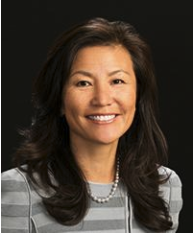 This profile of UCSF Graduate Division's Alumna of the Year presented an interesting fusion of science and law. Michelle Rhyu, a leader in biotech law receiving the honor, received her PhD from UCSF and her law degree from Stanford. “You have black, white, and then all of these shades of gray,” she says, admiring law’s focus on interpretation. But she also appreciates the purity of a question with a definitive answer. “In science, creativity is about finding clever ways to get at the answer, whereas in the law, there is room to shape the answer,” she observes, seamlessly synthesizing her dual scientist/lawyer perspectives. Read more This story on the health impacts of noise from fracking started life as a press release and converted to a story format. It got several press pick-ups, including quotes, like this article for a West Virginia newspaper network and items in Grist and Fusion. Excited to be doing some news writing with these cool new clients working at the intersection of science and public health.
Modern oil and gas development techniques such as directional drilling and hydraulic fracturing, or "fracking," produce noise at levels that may increase the risk of adverse effects on human health, including sleep disturbance, cardiovascular disease and other conditions that are negatively impacted by stress, according to a study by authors at the nonprofit science and policy research institute PSE Healthy Energy and West Virginia University. It is the first peer-reviewed study to analyze the potential public health impacts of ambient noise related to fracking operations. Read more It was inspiring to talk to the sources for this story about an organization that supports LGBT kids by using evidence-based science to encourage family support. The world could learn a few things from these guys about how to reach across cultural and religious differences towards supporting big universal values like: save the children.
Ryan and her team pursued the questions: How do parents and caregivers react to their LGBT children, and how do those behaviors contribute to their children’s risk and well-being as young adults? What emerged from that work, Ryan says, was “a solid empirical foundation for increasing family involvement and support.” The research team cataloged more than 100 specific ways in which caregivers responded to their child — with either accepting behaviors, such as standing up for them when others mistreat them or finding a positive role model — or rejecting behaviors, such as preventing them having an LGBT friend, physical and verbal abuse, and using religion to try to change or discourage their LGBT identity. Continue I wrote this story on African river blindness for the UC Berkeley School of Optometry's annual magazine as a both backgrounder and an update on the disease. The parasite-driven menace was downgraded from a major public health crisis with the help of a UC Berkeley scientist, but it's still an issue.
|
Fresh Ink! is a blog showcasing recent work by Ann Brody Guy, an Oakland-based freelance writer-editor covering science, health, and higher educationCategories |
||||||
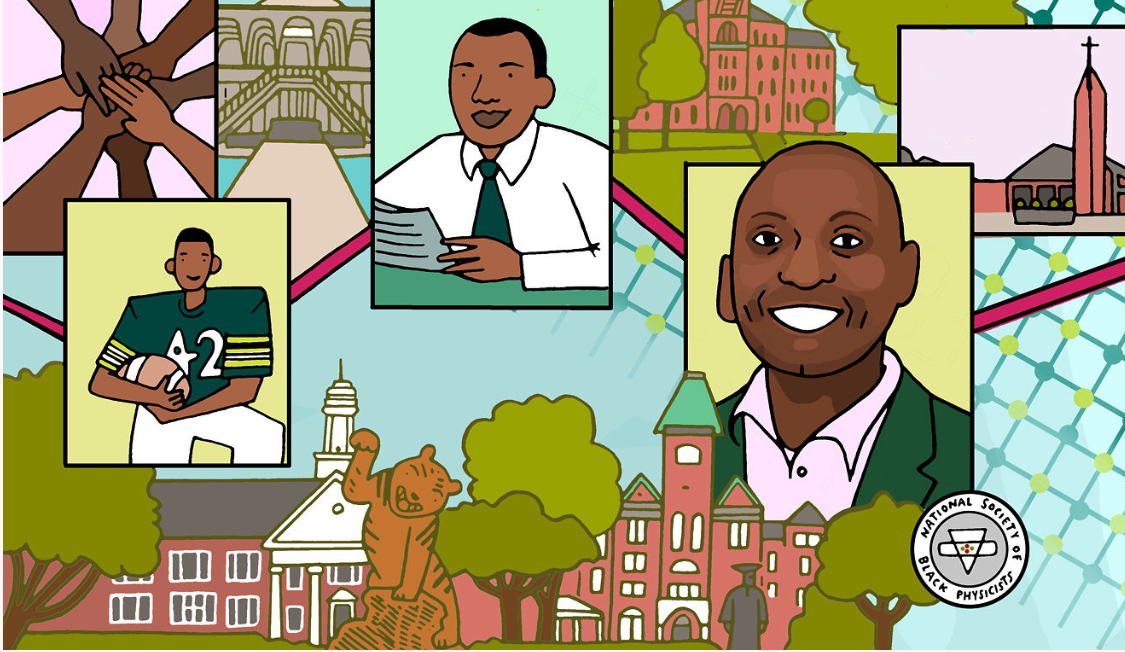
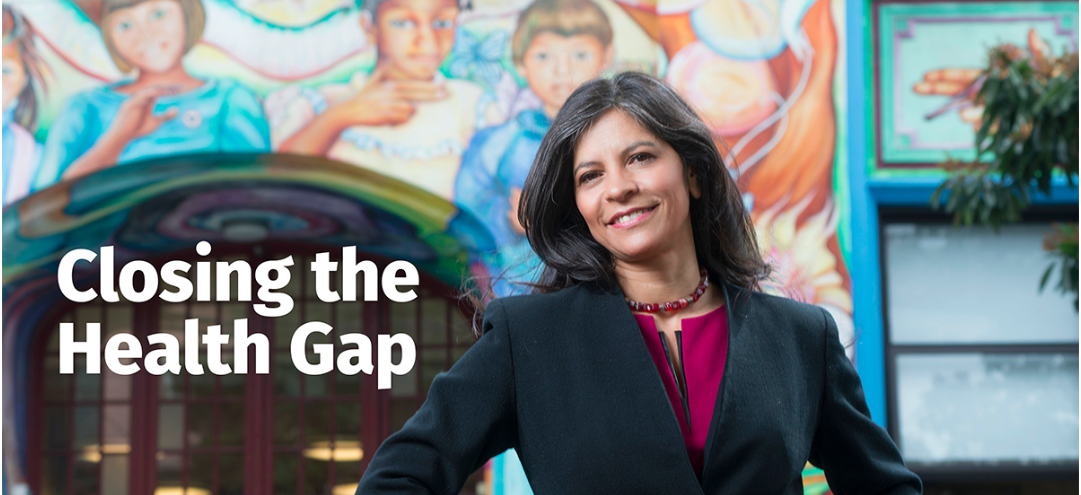
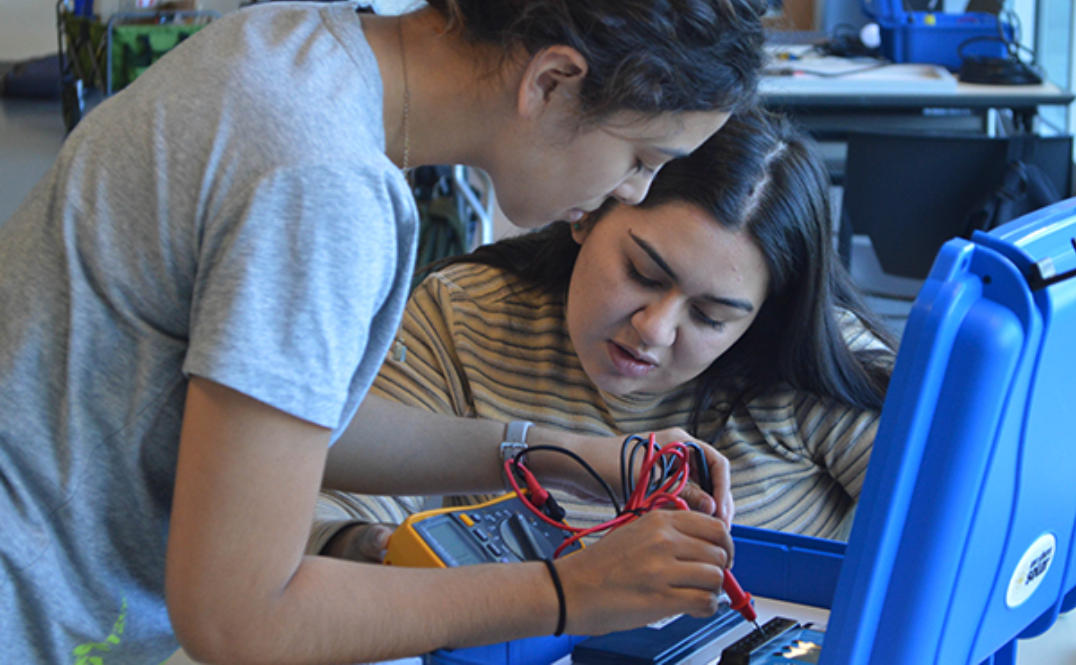
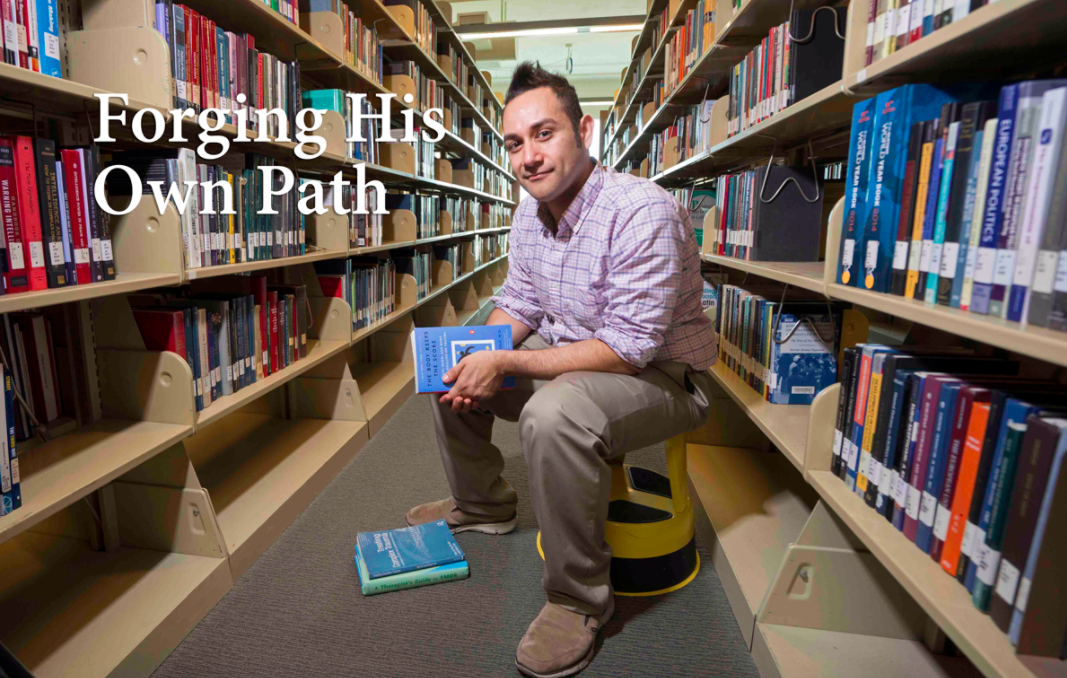
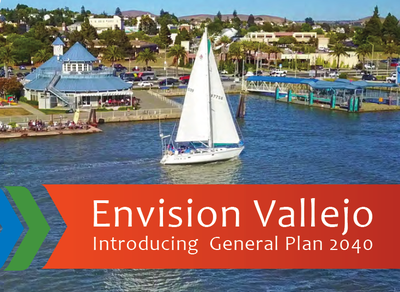

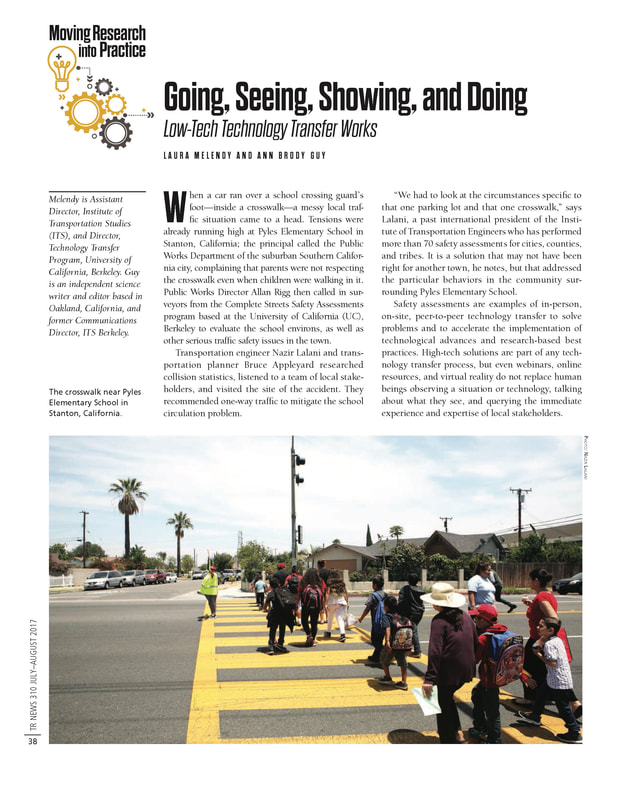
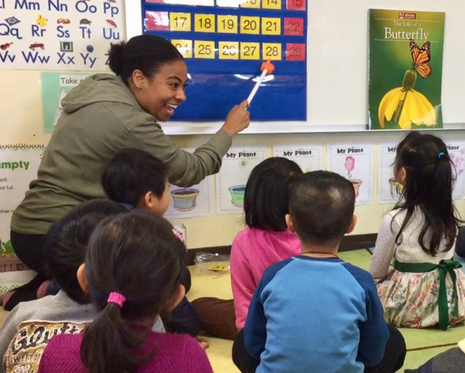
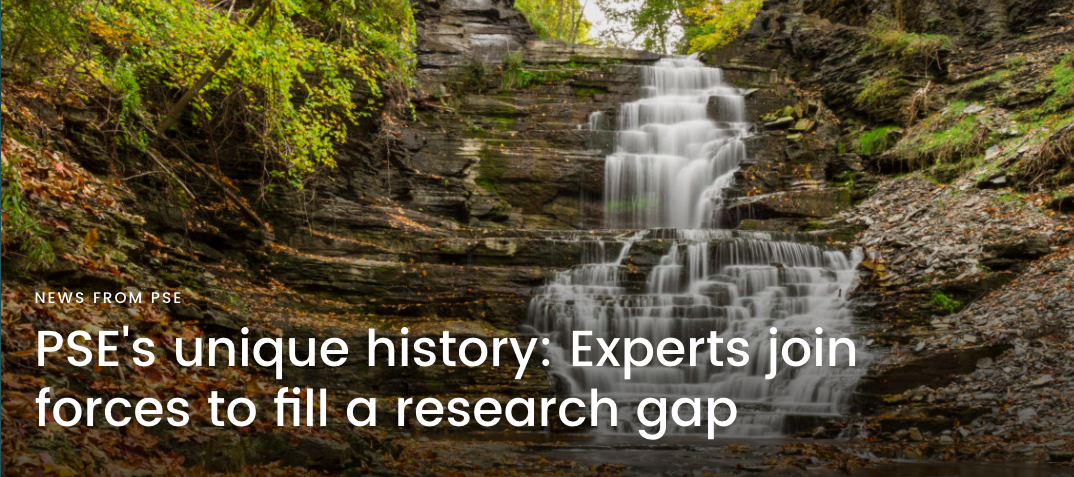

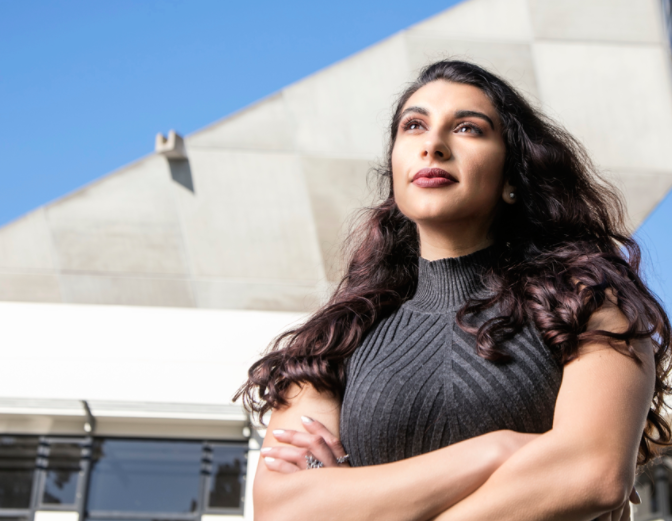
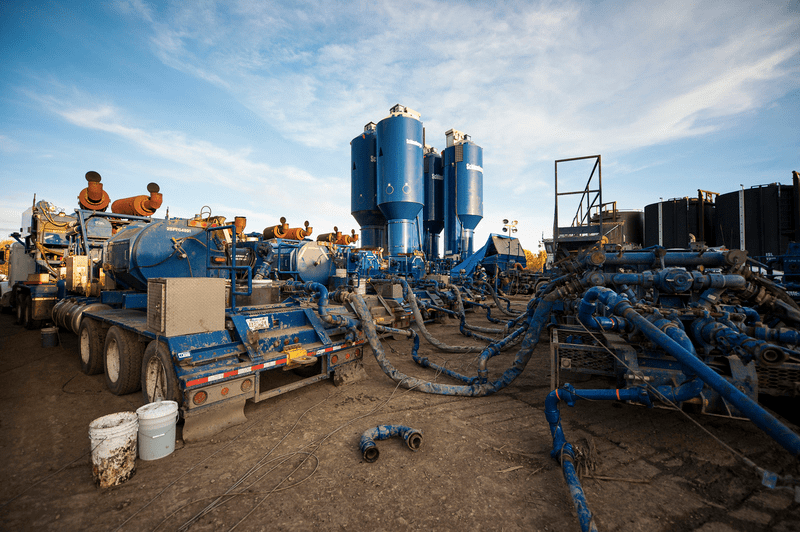
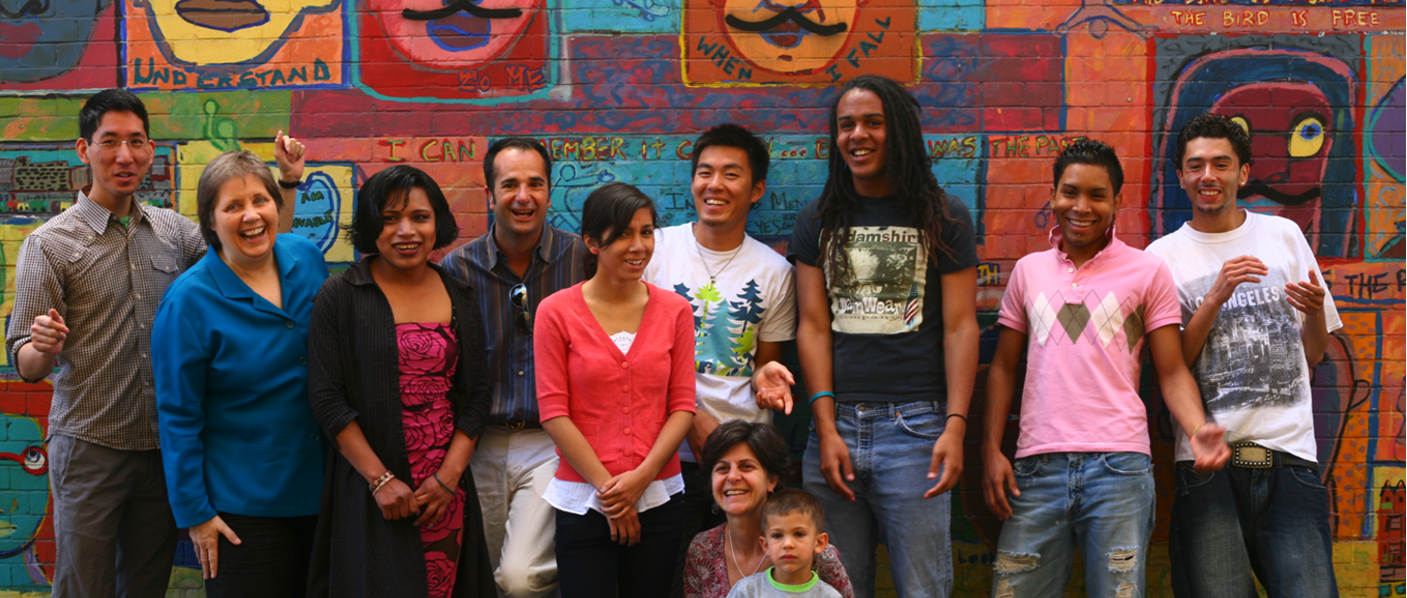
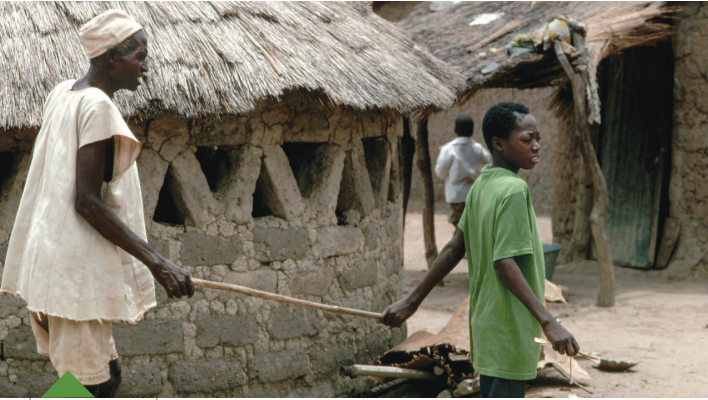
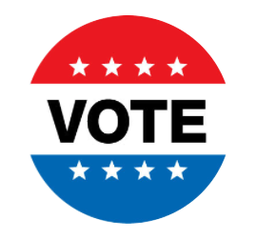
 RSS Feed
RSS Feed